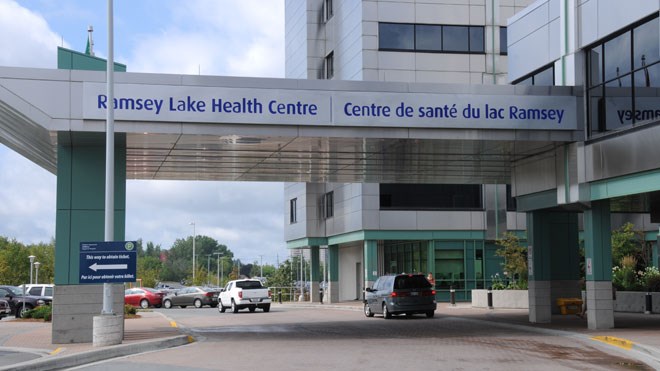Here are a handful of the headlines I read the headlines on Jan. 11: “Hospital Overflowing” (in Sudbury), “Nurses vote to Strike” (in northeastern Ontario) and “Ontario needs to find trims in health-care spending to meet targets."
On that very day, Health Sciences North was at 116-per-cent occupancy. Thirty-five patients were in beds located in hallways and lounges. Some were on stretchers in the Emergency Department. Others were staying overnight in the Recovery Room after surgery. It was worse this week because of an outbreak of respiratory illness in the community. But it has been bad since September 2016.
A significant part of the problem is the increasing number of frail patients who no longer require an acute hospital stay, but are not ready to go home, the so-called ALC patients.
What an undignified name to attach to our patients.
They numbered 101 on Jan. 11. This number has increased by 30 over the last 12 months. Many hospitals in southern Ontario are facing similar conditions. We are not alone.
Nurses employed by the Northeast CCAC have voted to strike if contract negotiations remain unsuccessful. They have been without a contract since March 2016.
Ontario’s Financial Accountability Office, a government watchdog, reported that if the government hopes to honour its pledge to eliminate deficit spending by 2018, it would need to cut an additional $2.8 billion from the health budget over the next three years.
To put that number into context, it now spends $52 billion on health care each year, which makes up 42 per cent of overall spending. The report projects that the effects of inflation, population growth, aging, new technology and new drugs will increase costs by 5.3 per cent.
This is in spite of unilateral cuts on fees to doctors, limiting the number of new nursing home beds and freezing funding to hospitals three years in a row, with only a one-per-cent increase this year. No wonder the Ontario government is asking the federal government for more money. So far they have not received a positive response.
It will come as no surprise that Health Sciences North is contemplating a potential budget deficit and the steps it needs to take in response. The transfer of laundry services to Hamilton has already made the news.
This information does not paint an attractive picture. Simply put, the government is spending billions and billions of dollars that it cannot afford. In spite of a heavy emphasis on increasing efficiency, lean management and receiving value for each health dollar, the health care system is showing increasing difficulty meeting expectations.
Is there a solution? I believe there is, but it will be a difficult journey, should the province accept the challenge.
It is all about making choices and establishing priorities: meeting some requests and not others, after careful reflection, in an evidence-based, fiscally responsible manner.
It will require political courage and leadership.
Dr. Peter Zalan is president of the medical staff at Health Sciences North. His monthly column tackles issues in health care from a local perspective. If you have a question for Dr. Zalan, email it to [email protected].
